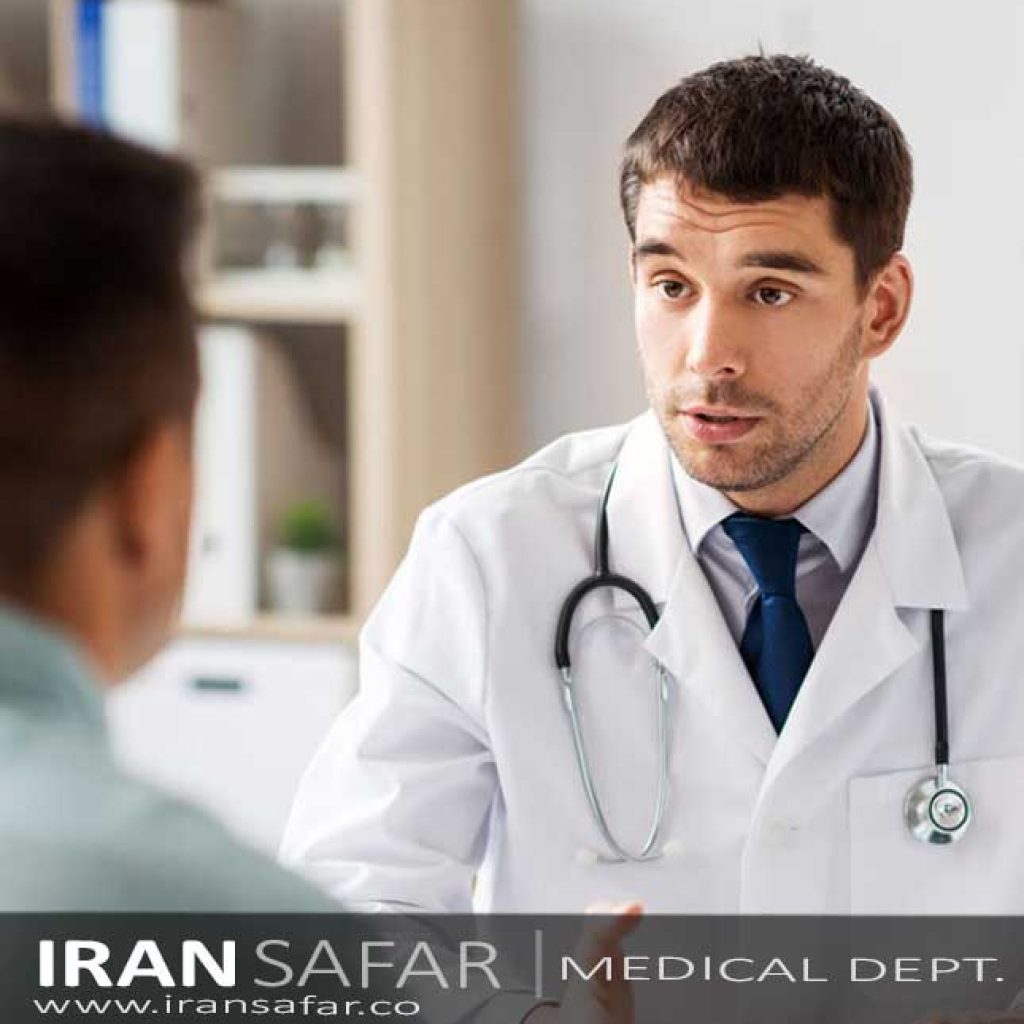Expertise and Experience: With years of experience in the travel industry, we have expanded our services to cater to medical travelers. We have a deep understanding of the unique requirements of patients seeking medical care abroad, and we leverage this expertise to ensure your Iran Medical journey is safe, comfortable, and successful.
Personalized Assistance: Navigating the intricacies of medical travel can be overwhelming, but you don’t have to do it alone. Our dedicated team of medical travel experts will work closely with you to understand your specific needs, preferences, and medical requirements. From selecting the right healthcare facility in Iran to coordinating appointments and accommodations, we’ve got you covered every step of the way.
Network: We have established partnerships with renowned medical institutions and healthcare professionals across Iran. This valuable network allows us to connect you with the best medical services in Iran, tailored to your needs, ensuring you receive top-notch care during every stage of your medical journey.
Pre-Post Operative Care: Our comprehensive range of services covers not only the medical procedure itself, but also the essential pre-operative and post-operative steps. From arranging consultations and medical tests before your procedure to managing follow-up appointments and recovery accommodations, we ensure a holistic and well-planned healthcare experience.
Cultural Sensitivity: Traveling to a foreign country for medical reasons can be a culturally sensitive experience. We are committed to ensuring that you feel comfortable and respected throughout your journey. Our team is well-versed in handling cultural nuances, language barriers, and any special requirements you may have.
Peace of Mind: Embarking on a medical travel journey can be stressful, but with [Your Company Name], you can rest assured that every detail is taken care of. Our dedication to your well-being means that you can focus on your health while we handle the logistics.
Whether you’re seeking specialized medical treatment in Iran, elective procedures, or health check-ups abroad, Iran Safar‘s Medical Travel Services is your trusted partner. We strive to make your medical travel experience as smooth and positive as possible, combining the worlds of healthcare and travel to create an unparalleled journey of healing and discovery.
Contact us today to learn more about how we can assist you in your medical travel plans. Your health is our priority, and we look forward to being a part of your journey to wellness.



